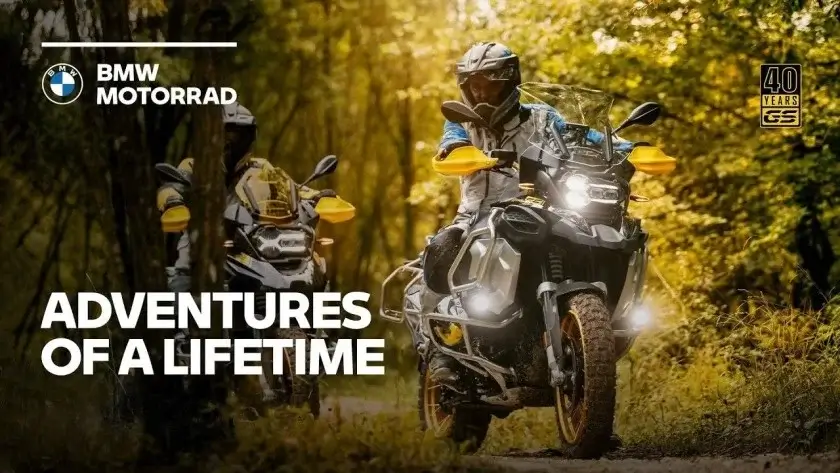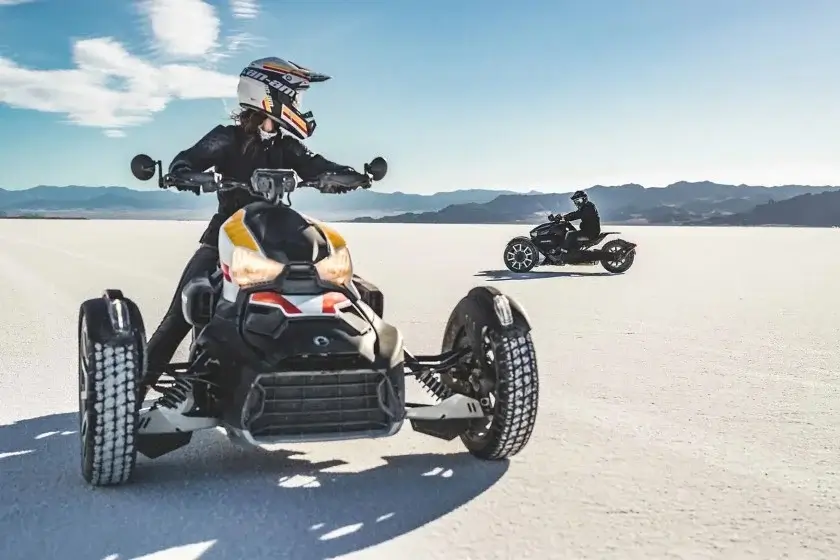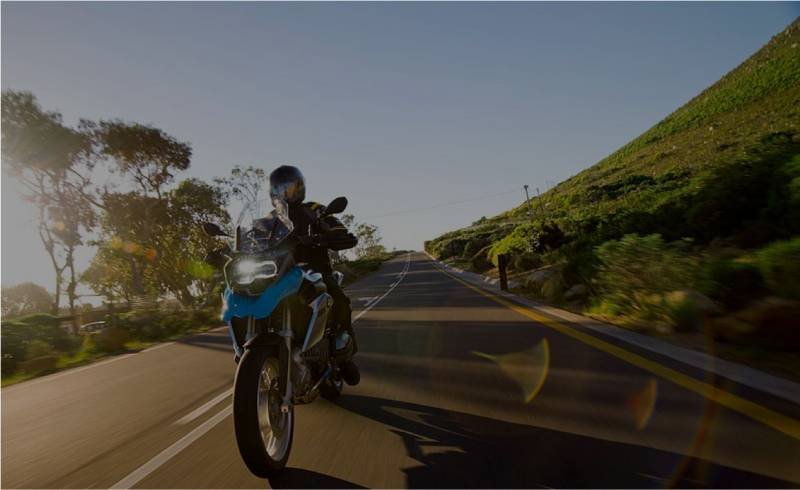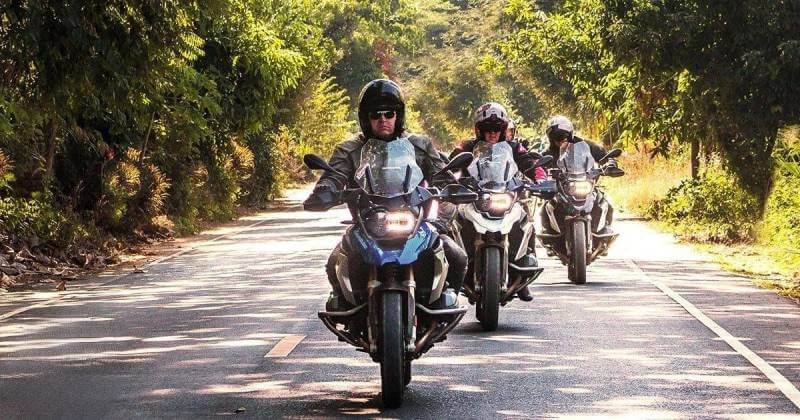motorcycle tour abroad is a unique and thrilling experience. The joy of riding through winding roads, feeling the freedom of the open air, and reaching each destination independently, without relying on public transportation, adds to the adventure. Unless you’re planning an extended journey, shipping your personal motorcycle overseas is often impractical, and renting a bike in your destination country is usually a more convenient option.
While rental gear from local shops can sometimes be a good option, chances are you already own a helmet, gloves, jacket, riding pants, and safety gear that you use for your rides at home. These are all items you can bring with you if you know how to pack them properly. Bringing your own gear will contribute to a more comfortable, enjoyable, and less stressful trip.
Packing Gear for Your Motorcycle Tour Abroad
To pack the right gear, you’ll first need to consider the type of riding your tour will involve. The nature of your tour, its duration, and the riding conditions in your destination will dictate the gear you’ll need to bring.
For relaxed rides on rural roads, your gear requirements will be fairly basic: helmet, gloves, jacket, and some protection may be sufficient. However, if you plan to ride on highways, off-road, gravel paths, or in remote areas, you will need more substantial protection, which takes up significantly more space. Climate also plays a major role, cold weather clothing will take up more space in your luggage.
Rental Gear vs. Personal Gear
Rental gear can definitely be useful, especially if you’re only riding for a few days. In this case, if the rental company offers gear like helmets, jackets, riding pants, and pads for an extra charge, it might be more convenient than hauling your own gear from home.
That said, we usually recommend bringing at least your helmet and gloves for comfort and peace of mind, even if you plan to rent a bike. Having your own helmet and gloves means you’re not relying on rental options that might not be as comfortable or familiar.
Choose the Right Bag for Your Flight
The first and most important step when flying for a motorcycle tour is finding the right bag size. Baggage restrictions vary between airlines and even between airplane models. The standard carry-on size is around 55 cm high, 40 cm wide, and 20 cm deep, though this can differ. In addition, you’ll often have space under your seat for a smaller personal item, like a backpack.
Packing Your Gear Into a Suitcase
Yes, it may sound impossible to fit your helmet, boots, jacket, pads, and all the other essentials into a small suitcase. But with some creativity, you can make it work by using every inch of available space.
If there’s not enough room in your suitcase, you can take the helmet separately in a dedicated helmet bag. The helmet can be treated as a personal item and stowed under your seat.
Start by filling the inside of the helmet with soft items like socks, underwear, T-shirts, gloves, etc. Then, add your pads and organize them so they fit neatly and take up as little space as possible. Finally, pack your jacket, pants, and boots in the remaining space.
Wear What You Can
Another option for saving space is to wear as much of your gear as possible during the flight. Wearing your jacket and pants, and even some of the protective pads, can save room in your luggage (though keep in mind this might make your flight less comfortable). Boots can be another bulky item that you can wear during the flight, but if your flight is long, it might not be the most pleasant experience.
Insure Your Gear
If you can’t fit all your gear into the cabin, and some of your valuable items need to go in the plane’s hold, make sure they are insured. It’s always wise to have travel insurance, especially when you’re carrying gear worth thousands of dollars. It’s a small price to pay for peace of mind, and in case something goes wrong, you’ll be covered.
Arrive Early for Your Flight
As you probably know, airlines recommend arriving two hours before domestic flights and three hours before international flights. While some of this is due to long lines and possible delays with security checks, it’s also essential to ensure your luggage makes it onto the plane.
Once your bags are checked in, they’ll go through various steps at the airport, including passing through security, being scanned by x-rays, and sometimes even being opened for inspection by security staff before they are loaded onto the aircraft. These processes can sometimes take longer than expected, so the earlier you arrive, the more time you give the airline to fix any mistakes and make sure your luggage reaches the plane in time.
Avoid Tight Layovers
When booking flights, be sure not to schedule too tight of a connection. If you don’t leave enough time between flights, you risk missing your connecting flight if your first flight is delayed. Even worse, your luggage might not make it onto the same flight as you.
On regular trips, it’s not as critical that your suitcase filled with flip-flops and T-shirts arrives on time. But when your luggage holds your essential riding gear, it’s much more important. Double-check your flight schedule and leave at least an hour and a half to two hours between connecting flights to give yourself a safety margin.
Flying with Gear Isn’t Complicated
When your gear is laid out in front of you, it may seem like an overwhelming task to fit everything into a small bag and get it on a plane. The key is to start with the more rigid items, fill in the gaps with soft clothing, and use the available space to cushion and protect your gear. If there’s still not enough room, consider checking a suitcase in the hold, but remember that the gear must be insured (and properly documented in case you need to file a claim).
As long as you allow yourself and your baggage handlers enough time between flights, your gear should make it to your destination safe and sound, ready for your motorcycle adventure abroad.







